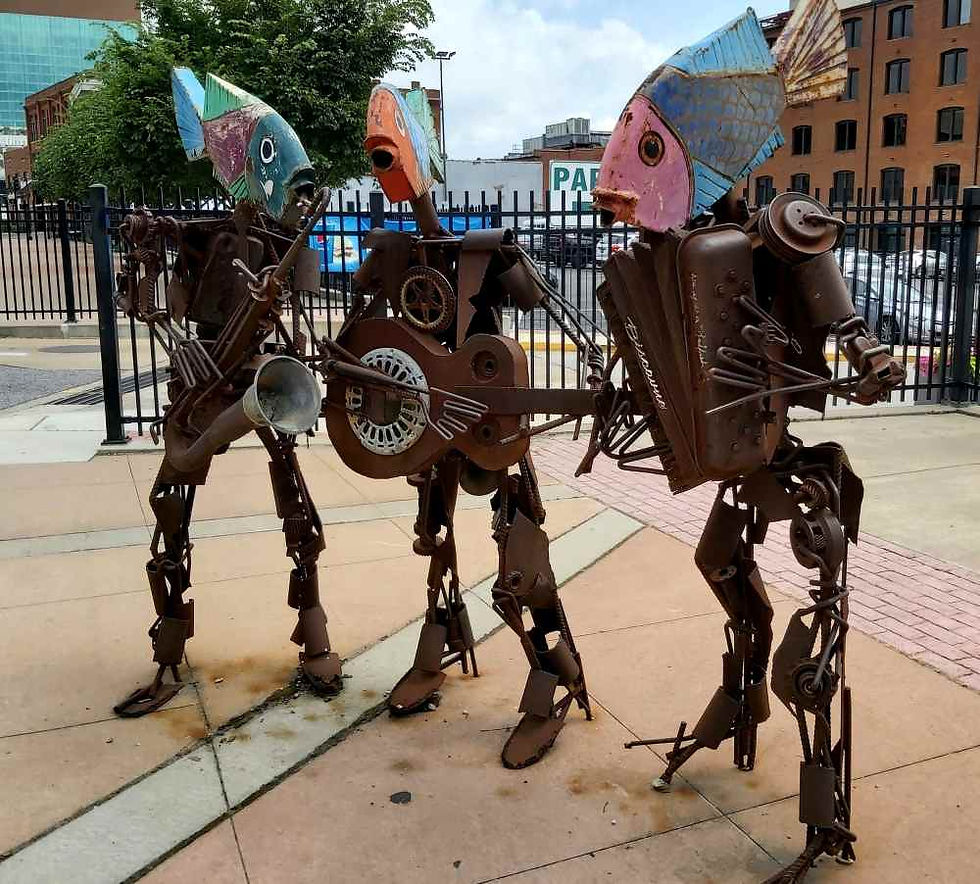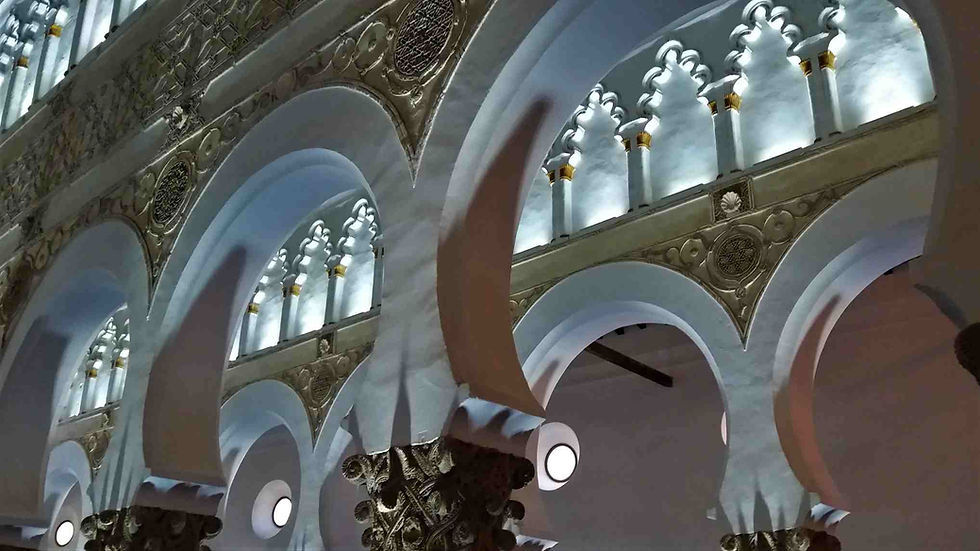India: Sri Meenakshi Temple
- Matthew P G

- Apr 7, 2022
- 3 min read


Sri Meenakshi Temple, Madurai, India. January 2015
Madurai is often mentioned as one of the oldest continually inhabited cities in the world, so it would make sense that its main temple is quite venerable. First written mention of the place was from the 6th century! I have been lucky enough to visit it twice. No photos are allowed inside and even cell phones must be deposited outside the temple walls before entry. I felt sad that I missed the chance to photograph some of the gorgeous interior, but I also respected the decision to keep the inside of this place "sacred".
On my solo trip to Tamil Nadu, I stopped in Madurai and stayed in an absolute fleabag hotel. It brought me back to my first trip to India with Brian where we always walked the fine line between cheapest we could find and reasonably clean. In this case, I was not even trying to save any money. I wanted a hotel near both the train station and the temple. My online search provided me that unfortunate result - a big lesson learned - reviews are often faked (of which I was more naive in the early 2010s)
The temple truly blew me away on my first trip and I had already seen some incredible temples in Chidambaram and Tiruvannamalai. Like a huge gothic cathedral with its endless array of chapels to different saints, so Sri Meenakshi was a collection of small temples surrounding the main shrine to Meenakshi, a local Tamil deity who was a wife of Shiva (Sundareswarar). Interestingly, it is the only temple dedicated to Shiva where the focus is on the GODDESS and the incarnation of Shiva is as a "consort" (and we thought the British royals were obtuse!)
The history of the temple reads much like a gothic cathedral as well. It slowly took shape over the centuries with shrines, pavilions, and gopuram (towers) added along the way. In the heyday of South Indian Hinduism, it was a major pilgrimage stop. Dark music -- enter the Mughals. 1311, picture it, a beautiful temple city waits for the onslaught of invading forces (à la Sophia Petrillo)
As the Mughals swept across the Gangetic Plains to the north and consolidated their power, they looked lustfully to the Dravidian kingdoms to the south with all their big temples filled with.... GOLD. Just as the Spanish "really wanted" to convert the first peoples of America to Christianity (as they plundered their temples for gold), so did the Mughals want to bring the light of Islam to South India while emptying their temples' coffers. All the big temples were eventually raided and desecrated (but not raised to the ground). For years they languished in ruin and it took centuries for the locals to kick out the Mughals and wrest control of the region for themselves again. First item on their list was to restore all the temples. This was done lavishly and was actually around the same time many of the cathedrals of Europe were being built or expanded. Unfortunately, with the exception of the great temple of Ramanathaswamy in Rameswaram, pilgrimages to South Indian temples never returned to their glory days.
On my second visit, I went inside Sri Meenakshi with MP (brother MP stayed outside with the car - he had been praying at Sri Meenakshi his entire life). MP and I had a nice look around and I understood far more on that visit since I had someone local with me. The details of all the shrines and gods and goddesses were lost on me, however. Just as anyone visiting Europe's palaces should read a primer on the histories of the rulers of Europe, so should temple visitors in India read such a book on the myriad gods and their incarnations. My strongest memory is the 1,000 Pillar Hall which was a huge rest area for pilgrims with incredible, intricately carved support columns. I did miss my camera; I have to admit.
In a country of temples, Sri Meenakshi is a stand out (that is saying a lot!). I would love to return with a guide. Sometimes being a voyeur is just not enough.



Comments